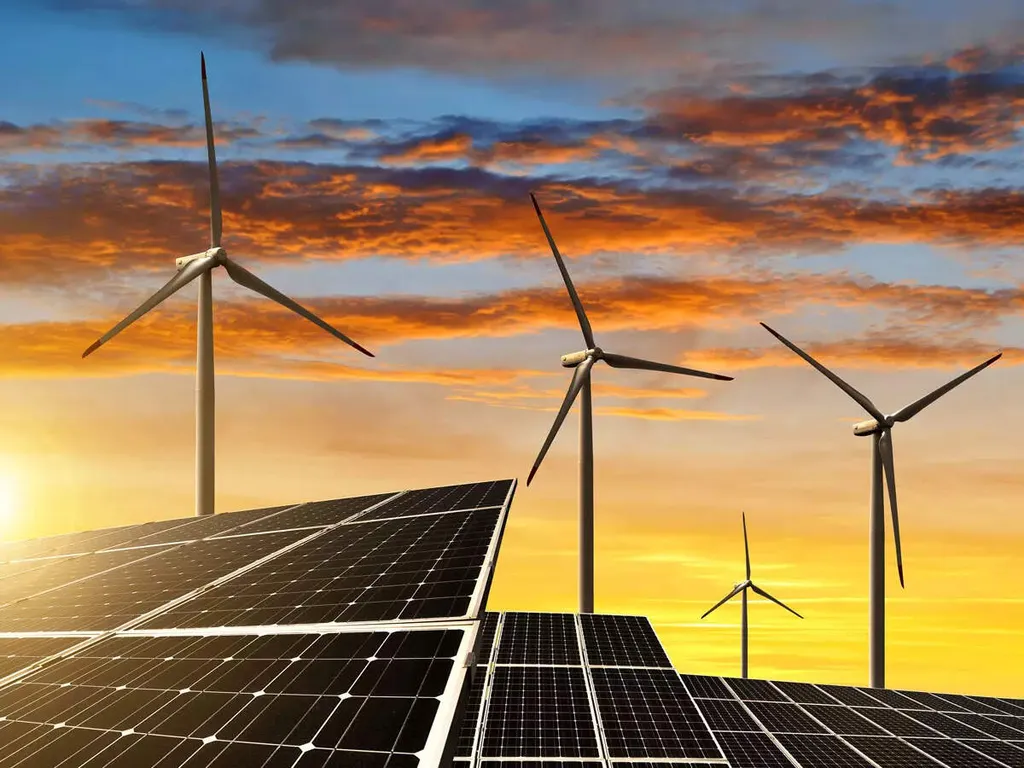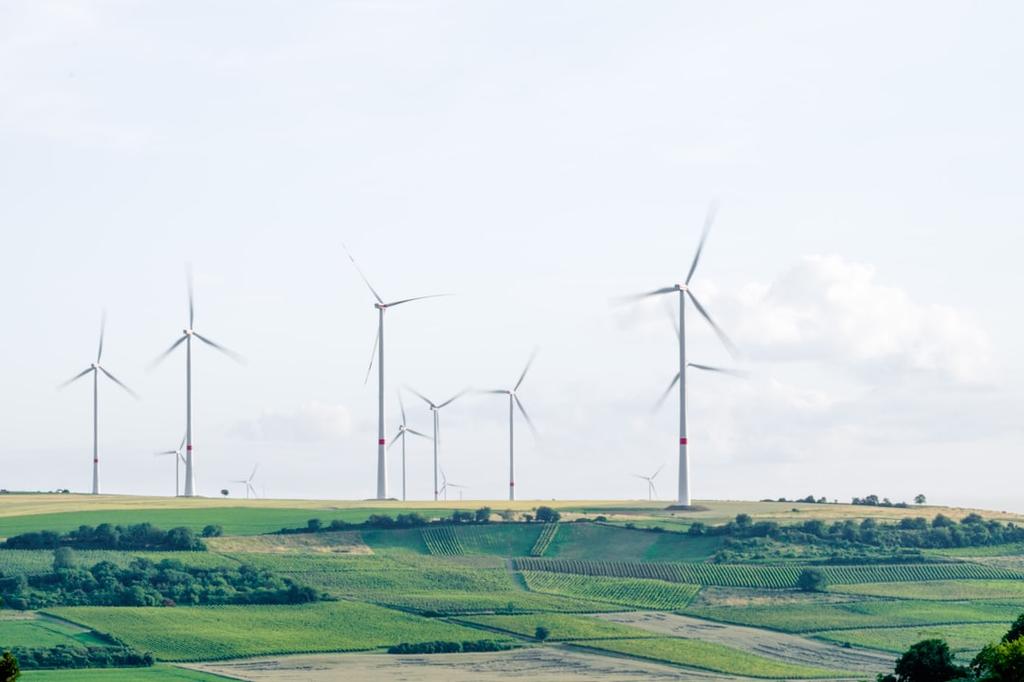As India ushers in the New Year, it stands at a remarkable juncture in its renewable energy journey, having achieved an impressive 214 GW of installed green energy capacity by the end of 2024. This milestone is not just a number; it symbolizes India’s commitment to a sustainable future and its ambitious target of reaching 500 GW from non-fossil fuel sources by 2030. The Ministry of New and Renewable Energy has laid out a roadmap that propels the nation toward this goal, making it clear that India isn’t just participating in the global clean energy race—it’s aiming for a podium finish.
Among the standout achievements in this renewable energy landscape is the wind energy capacity, which has soared to 47.96 GW as of November 2024. This surge is a testament to the concerted efforts of states like Gujarat, Karnataka, and Tamil Nadu, which have emerged as heavyweights in expanding India’s wind energy footprint. The 2023-24 financial year has seen these regions make substantial strides, with nearly 15 GW of renewable energy capacity added between April and November 2024. This is nearly double the capacity growth compared to the same period in 2023, showcasing the sector’s rapid pace of expansion.
But it doesn’t stop there. The total installed and pipeline projects in the wind sector have reached a staggering 74.44 GW by November 2024. This impressive figure not only highlights the current momentum but also paints a picture of a future brimming with potential. The commitment to renewable energy sources, particularly wind power, is increasingly evident as India scales up investments and infrastructure. This strategic focus on wind energy is not just about meeting targets; it’s about positioning India as a global leader in clean energy.
Moreover, India is not putting all its eggs in one basket. The National Green Hydrogen Mission is a prime example of the country’s ambition to diversify its renewable energy portfolio. By aiming to establish itself as a hub for green hydrogen production and export, India is setting the stage for a comprehensive energy strategy that encompasses various renewable sources. This diversification is crucial for energy independence and sustainability, especially as global energy dynamics shift.
As the country moves into 2025, the progress made in wind energy development underscores a broader narrative of strategic growth and innovation. India is crafting a model that other nations can look to as they navigate their own transitions to clean energy. With the wind sector flourishing, the implications for future developments in the energy sector are profound. It signals a shift in how countries can leverage their natural resources to foster economic growth while addressing climate change.
In this vibrant landscape, the stakes are high, and the potential is immense. The world is watching, and India is poised to not just lead but inspire a global movement toward sustainable energy solutions. The journey is far from over, but with each passing year, the vision of a cleaner, greener future becomes ever more attainable.




